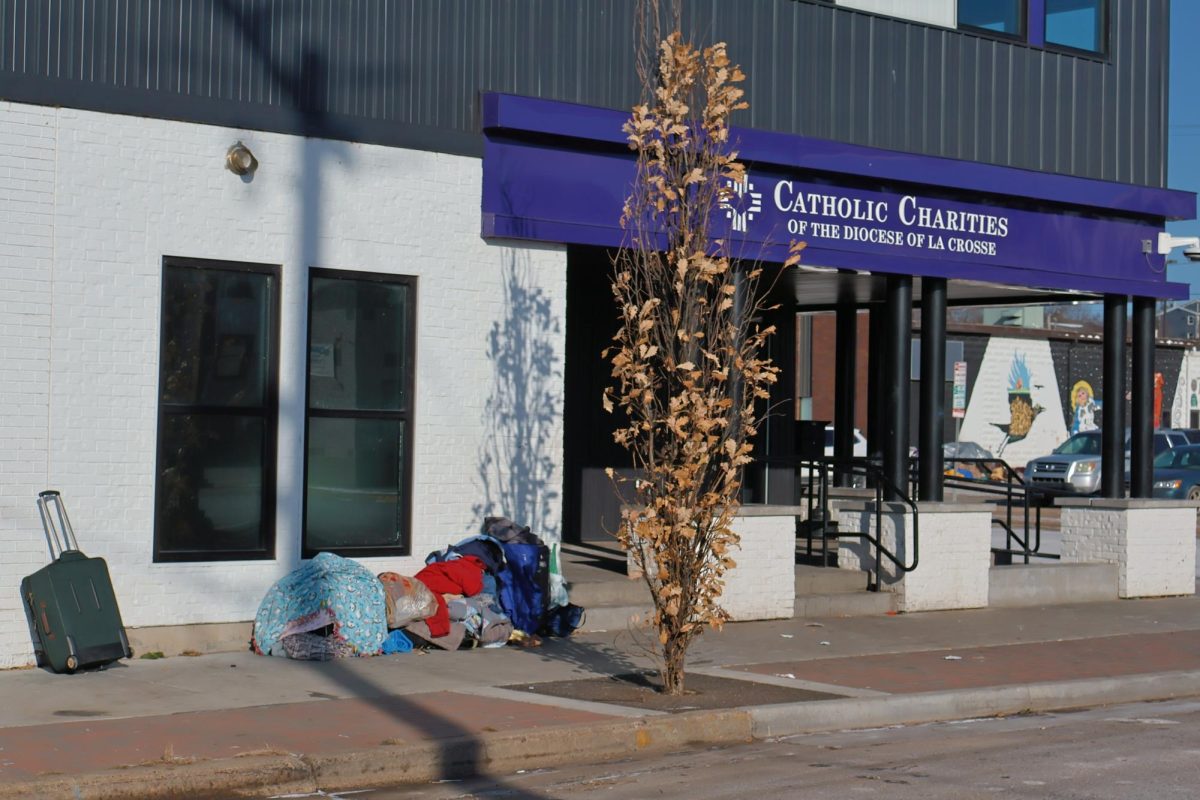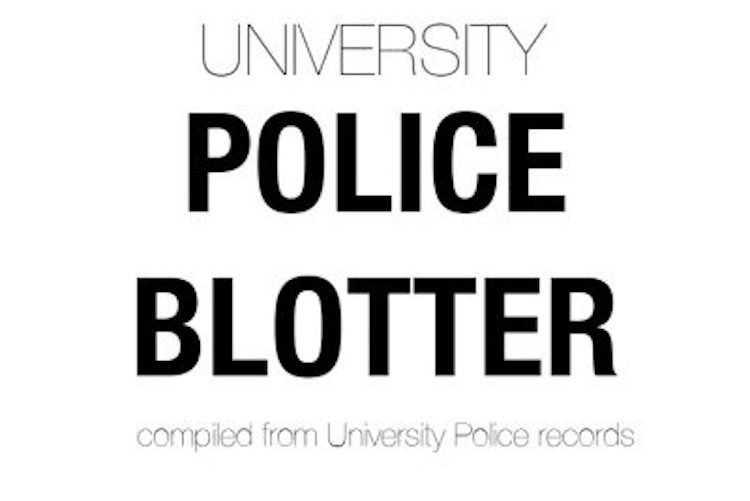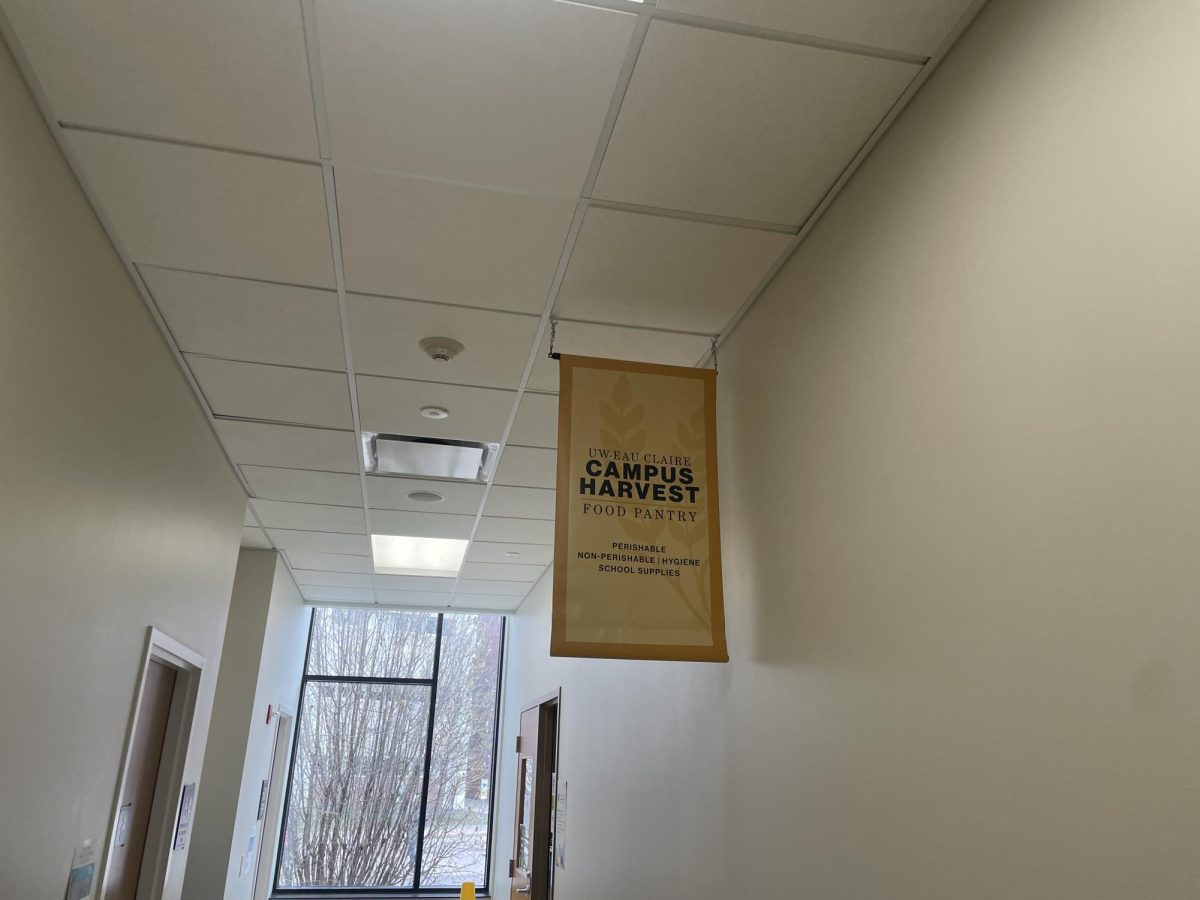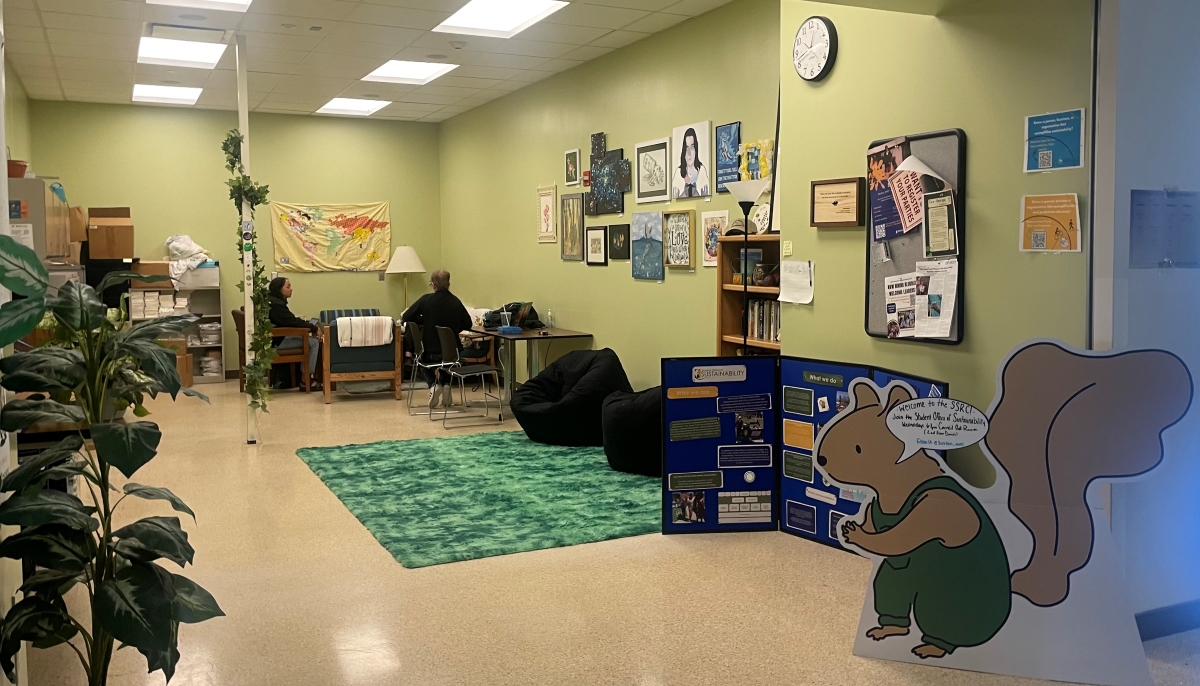The UW System could suffer another major budget cut for the next two fiscal years, adding on to the original cuts made in the biennial budget.
A required lapse, which acts as a kind of safety net, built into the biennial budget the state legislature passed this summer would cut $65.6 million from the System over the next two years. The System represents about 7 percent of Wisconsin’s yearly general purpose revenue expenditures but is being asked to absorb about 38 percent of the $174.3 million budget lapse.
The actual distribution of the cuts wasn’t released to state agencies until Oct. 14. This lapse will be in addition to the $250 million budget cut already made to the UW System in the biennial budget.
Chancellor Brian Levin-Stankevich said that considering the trend of reduction to state investment in higher education in recent decades, he isn’t stunned the System is being asked to bear more.
“Am I surprised that we got a disproportionate cut of a lapse? No,” he said. “I’m drawing the same conclusion I’ve been drawing for years,” he said, “and that is that we need to figure out how to generate revenue on our own.”
UW-Eau Claire’s cut is about $3.3 million for the biennium, $2.3 million of which will be cut from this year’s budget. Because that funding has already been allocated, the university would need to return it to the state.
However, because much of the university’s funding come in what Levin-Stankevich terms “lockboxes,” the cuts can only be taken from certain areas. For example, funding that is allocated to the construction of a building must be used for that specific purpose.
“Fundamentally, it’s operations,” Levin-Stankevich said. “It’s salaries and benefits, which are the bulk of any university’s budget because it’s such a people-intensive business, and supplies and maintenance.”
The reduction is a big blow, Levin-Stankevich added, even with the recent 5.5 percent increase in tuition.
“This reduction in our budget over this biennium through the lapse,” he said, “actually exceeds, by a little bit, the amount of money that was generated by the tuition increase that was allowed.”
Even with the extra cuts, Levin-Stankevich said the university still has a commitment to excellence. It will just be more difficult to figure out where to allocate resources now than it has been before.
“How do we maintain excellence with a continually shrinking budget?” he said. “Well, we’ve got to shrink the scope of what we do, and that can mean a whole bunch of things. It just means that we’re going to have to do less but do it as well or better than we’ve always done those things.”
Student Body President Phil Rynish said Student Senate is currently drafting a resolution against the budget cuts as they
currently stand.
“We’re doing what we can on our end,” he said. “What our role is going to be, I don’t know yet because ultimately the budget decisions come down to the administration.”
Senate allocates student segregated fees and determines differential tuition, neither of which can be used to plug a deficit.
Dave Giroux, executive director of communications and external relations for the System, said System leaders need an explanation as to why the cuts were distributed as they are.
“The thinking revolves around questions,” he said. “Right now, we need to start by asking what rationale went into distribution … We need to ask state leaders why our cut is so much larger, and we haven’t had time to ask those
questions yet.”
In an Oct. 18 release, Giroux also said that System leaders will “appeal for a distribution of lapse amounts that will preserve the UW’s ability to meet the needs of its students.”
The Office of the Secretary of the Department of Administration told state agencies in an Oct. 14 memo to prepare for a possible increase in the lapse to a total of $300 million for the biennium. Agencies must prepare lapse plans for the 2011-2012 fiscal year
by Nov. 7.






